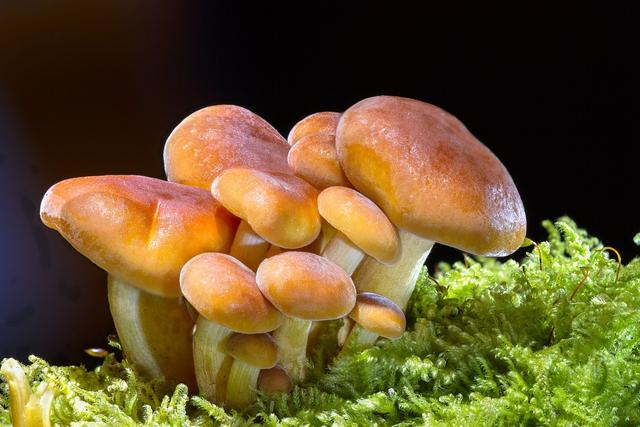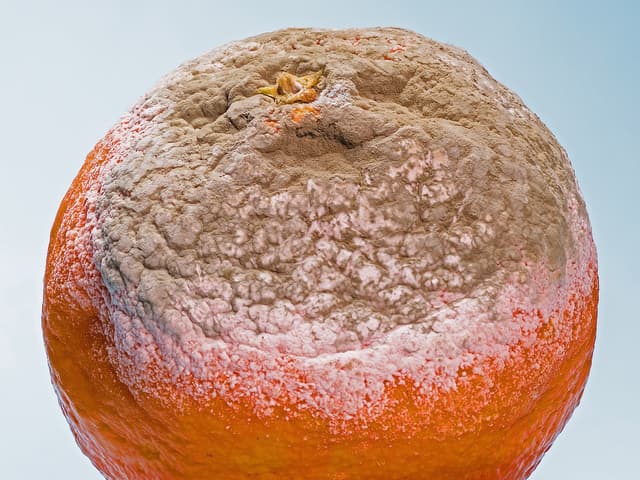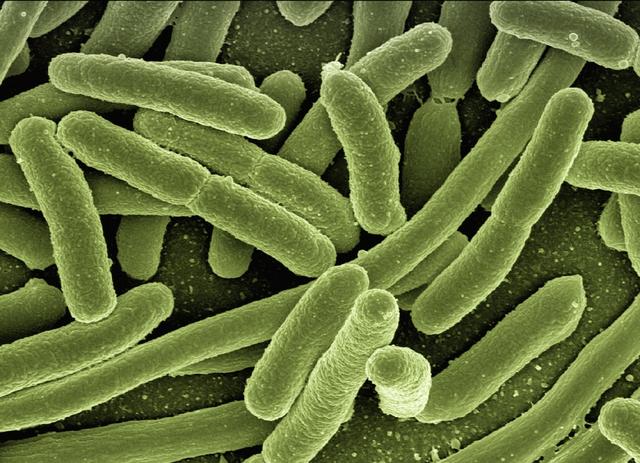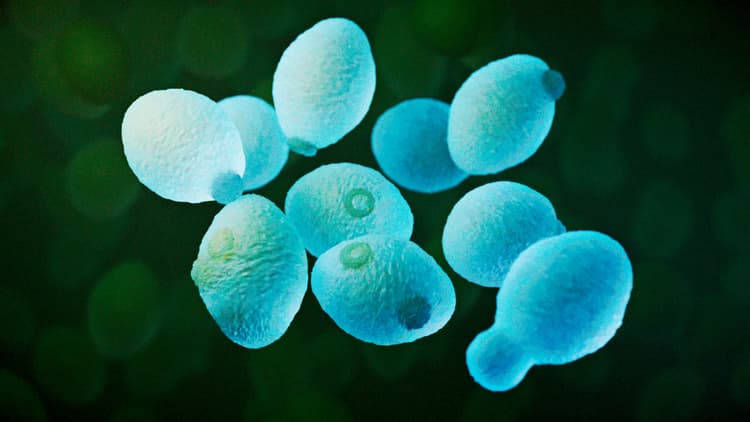Myths about teaching can hold you back
- Year 6
Growing yeast: plan (non-statutory)
I can plan an investigation to find out about food sources for micro-organisms.
- Year 6
Growing yeast: plan (non-statutory)
I can plan an investigation to find out about food sources for micro-organisms.
These resources were made for remote use during the pandemic, not classroom teaching.
Switch to our new teaching resources now - designed by teachers and leading subject experts, and tested in classrooms.
Lesson details
Key learning points
- Yeast is a type of fungus and can be grouped with other fungi including mould, mushrooms and truffles.
- Yeast is living and must get food from the surrounding environment to grow and reproduce.
- Yeast takes in nutrition from food and produces carbon dioxide gas.
- Yeast is a useful micro-organism used in beer and wine making, and baking.
- Scientists control variables during comparative test investigations to see the effect of changing one variable.
Keywords
Fungi - Fungi are organisms that include moulds, mushrooms, and yeasts. They feed on organic matter, usually from dead things.
Yeast - Yeast is a type of fungus. It is a micro-organism used for making bread.
Carbon dioxide - Carbon dioxide is a type of gas.
Comparative test - In a comparative test, the thing that is being changed has labels, such as the types of materials.
Variables - A variable is something that can be changed, measured or kept the same in an investigation.
Common misconception
Pupils may think yeast is not a living thing because it doesn’t appear to have any of the characteristics of living things when we look at it dry straight from the packet.
Explain that yeast is a type of fungus so it is a living thing in the micro-organisms group. Throughout the lesson, reinforce the characteristics it has that makes it a living thing, such as its ability to grow and reproduce.
To help you plan your year 6 science lesson on: Growing yeast: plan (non-statutory), download all teaching resources for free and adapt to suit your pupils' needs...
To help you plan your year 6 science lesson on: Growing yeast: plan (non-statutory), download all teaching resources for free and adapt to suit your pupils' needs.
The starter quiz will activate and check your pupils' prior knowledge, with versions available both with and without answers in PDF format.
We use learning cycles to break down learning into key concepts or ideas linked to the learning outcome. Each learning cycle features explanations with checks for understanding and practice tasks with feedback. All of this is found in our slide decks, ready for you to download and edit. The practice tasks are also available as printable worksheets and some lessons have additional materials with extra material you might need for teaching the lesson.
The assessment exit quiz will test your pupils' understanding of the key learning points.
Our video is a tool for planning, showing how other teachers might teach the lesson, offering helpful tips, modelled explanations and inspiration for your own delivery in the classroom. Plus, you can set it as homework or revision for pupils and keep their learning on track by sharing an online pupil version of this lesson.
Explore more key stage 2 science lessons from the Why we group and classify living things unit, dive into the full primary science curriculum, or learn more about lesson planning.

Equipment
Teachers may wish to have ready a set of equipment pupils could possibly use for carrying out their yeast investigation in Lesson 10 to help them make decisions about what they might need.
Licence
Prior knowledge starter quiz
6 Questions
Q1.Which of these materials is a gas?
Q2.When a liquid fizzes and bubbles are formed, what is inside the bubbles?
Q3.All living things can reproduce. What does this mean?
Q4.What are micro-organisms?
Q5.What is a comparative test enquiry?
Q6.Which of these statements about fungi are not correct?
Assessment exit quiz
6 Questions
Q1.Which of these is not a living thing?
Q2.Which of these living things is not a type of fungus?






